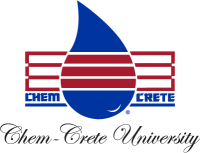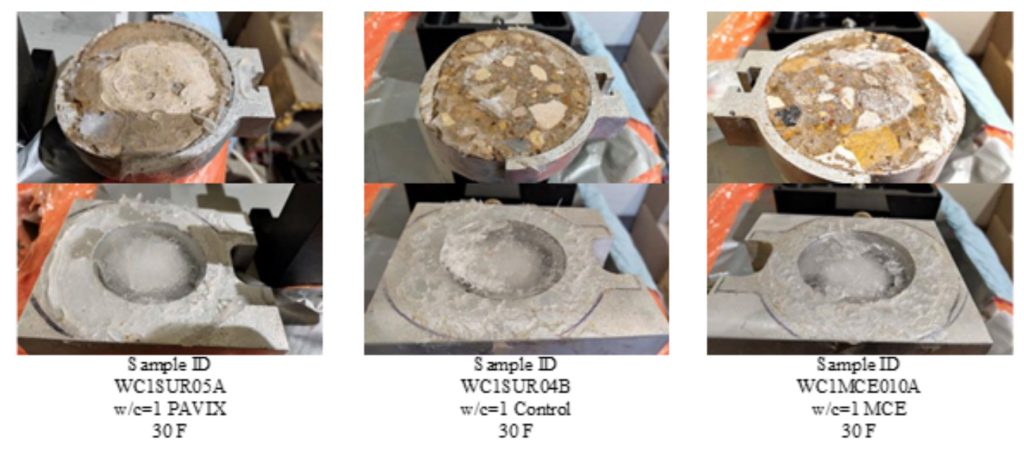An experimental study on icephobicity and hydrophobicity of concrete surface with Dual crystallization Engineered topical treatment
by Xinbao Yu, Hussein Hashemi Senejani, Gang Lei a, Mehran Azizian, Radi Al-Rashed and Maher Al-Jabari
Journal: Construction and Building Materials
DOI:
https://doi.org/10.1016/j.cement.2023.100065doi.org/10.1016/j.conbuildmat.2023.132082
Abstract
Ice when formed on structural materials exhibits strong bonds, which poses a major challenge to many industries. To remove the ice, the creation of hydrophobic surfaces is used as a passive ice removal technique by reducing ice adhesion. Concrete surfaces treated by Pavix Dual Crystallization Engineered (DCE) material show strong water-repelling characteristics. However, the effect of such treatment on ice adhesion is yet to be studied. To quantify this effect, a series of direct shear tests were performed on concrete specimens with the top surface treated with a Pavix DCE material. TxDOT standard Class S concrete was used as control concrete and mixed at two water-cement ratios, 0.45 and 0.43. Ice-adhesion shear tests were performed on control and DCE-treated concrete disks using a customized direct shear test device at two controlled sub-freezing temperatures, -1 ◦C and -10 ◦C. In addition, water-repellent properties and contact angle were measured using a tensiometer under static and receding conditions. Results show reductions of more than 83% in ice adhesion of ice adhesion and more than 98-degree contact angles for DCE-treated concrete specimens. The measured results quantify the antiicing benefit of DCE treatment and provide insights into understanding the anti-icing mechanism of the treated concrete.
Keywords: Concrete; Ice adhesion; Shear strength; Pavement deicing
Highlights
- Hydrophobic concrete specimens were created by top-treatment with a DCE solution.
- The hydrophobic concrete specimens have contact angles greater than 90°.
- Ice-concrete adhesion was measured using a customized direct shear apparatus.
- The hydrophobic concrete specimens show more than 83% reduction in ice adhesion.


